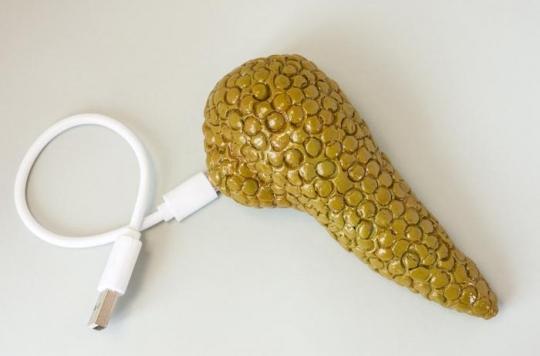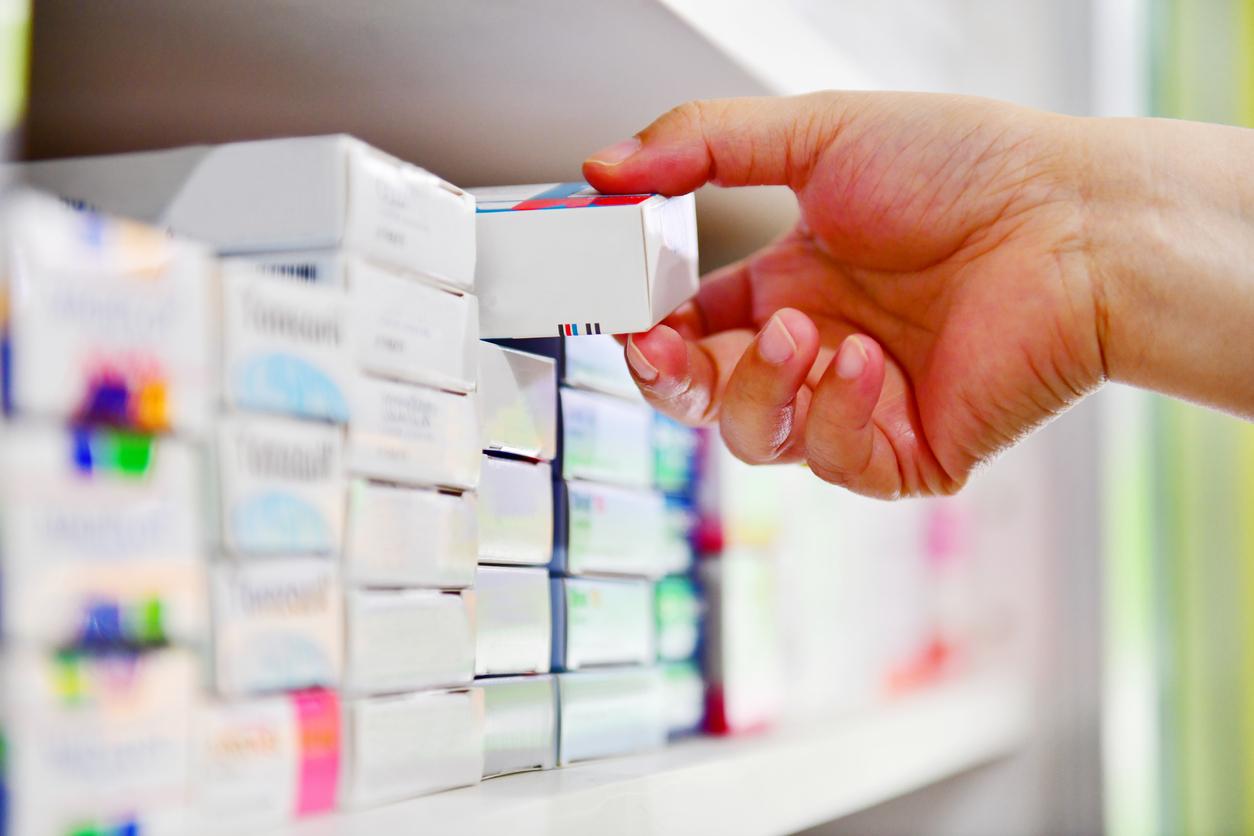A study presented at the American Congress of Diabetology reveals that people with type 1 diabetes who use the French insulin delivery system Diabeloop at home, have achieved better results than other systems with, above all, less effects. secondary. A major advance.

The goal of treating this type of diabetes is to replace the insulin that the pancreas is no longer able to produce. As soon as the disease is discovered, type 1 diabetics must therefore receive injectable insulin. It is a lifelong treatment, with the aim of bringing blood sugar as close to normal as possible.
Two to three subcutaneous injections per day are necessary, sometimes up to four or five to get as close as possible to the natural secretion of insulin. The aim of treatment is to keep blood sugar within acceptable levels throughout the 24 hours, by adjusting the doses of insulin. An alternative is to give insulin through an insulin pump. The patient determines with blood sugar measurements the insulin doses required for each meal, in addition to the basic intake, intake that he can reduce in the event of physical exertion or fasting.
The next step is the development of an artificial pancreas, which combines an implantable insulin pump, a continuous blood glucose sensor and a smartphone managing the entire system thanks to an algorithm for adapting the doses to blood glucose. . Advances in blood glucose sensors and predictive algorithms are such that several prototypes are currently working in an increasing number of patients outside the hospital.
But this new study offered at home use, presented yesterday at the 78th American Diabetes Association (ADA) convention at the Orlando Convention Center.
Superior efficiency
This system, developed by French researchers, enables closed-loop insulin delivery with a complex and customizable algorithm that predicts future blood sugar levels and controls insulin delivery by connecting three devices: a glucose, an insulin pump and a smart terminal hosting the algorithm. What can be called an artificial pancreas, there is still little the ultimate fantasy of diabetes specialists.
A glucose sensor continuously monitors the user’s blood glucose level and sends data to the terminal, integrating the algorithm. The terminal controls the connected insulin pump by calculating and ordering the optimal amount of insulin. For maximum accuracy, users enter their diet and physical activity information.
The trial was carried out in 12 centers in France on 68 adult volunteers. Patients were randomly divided into two groups, 33 patients using the French system and 35 patients using their normal open-loop system (i.e. their usual pump and sensor).
Results
During the first 12-week period, greater efficacy was observed for the French artificial pancreas: the sugar level was within the defined limits of normality in 69.3% against 56.6 with the other system.
But above all, the dreaded side effect of these machines, too much efficiency causing very dangerous drops in sugar, turned out to be better: the percentage of time spent in hypoglycemia was about twice as low as with the open-loop system. usual (2% and 4.5%, respectively).
This innovation significantly reduces the risk of nocturnal hypoglycemia, which is a nightmare for parents. The tendency is therefore to use this technique a bit like an automatic pilot on an airplane: in stable conditions, such as sleep, the closed loop manages the injections on its own to reduce the risk of hypoglycemia, but on awakening, and above all, on when eating, it can be disconnected and it is the patient who again controls the administration of insulin by the pump.
These results confirm in real life, over a period of 12 weeks, the positive results previously observed in a hospital environment. This system has the potential to dramatically improve glycemic control and quality of life for patients with type 1 diabetes, reduce chronic diabetes complications, and minimize the burden of the dozens of daily calculations and treatment decisions they make. must take.
It is an important step in the application of this artificial pancreas on a larger scale.

.















